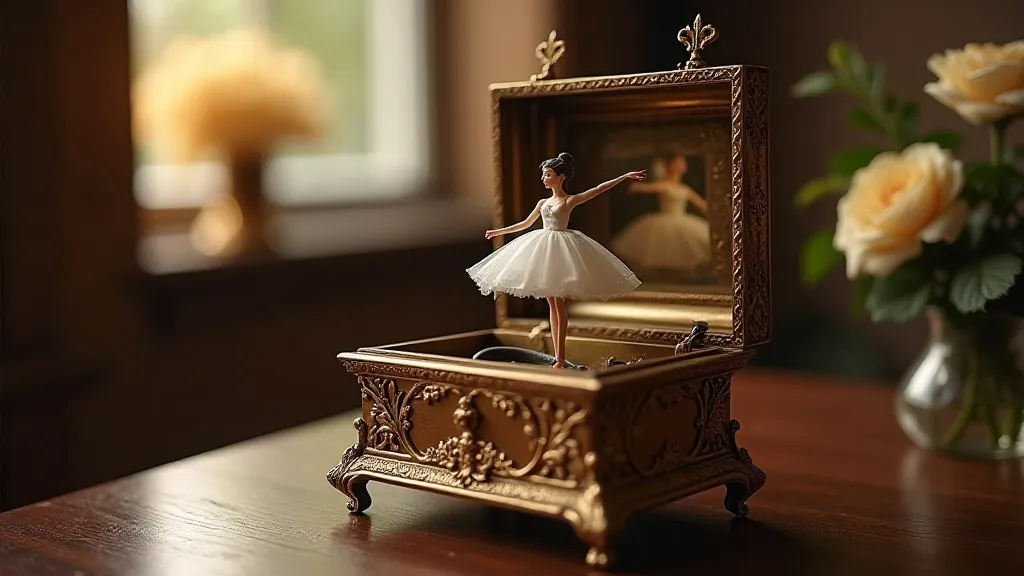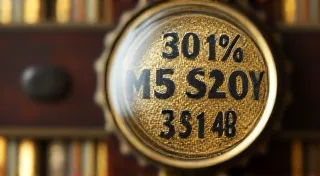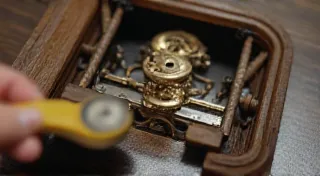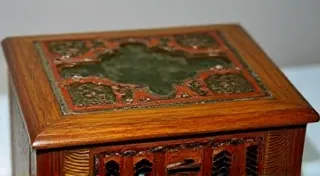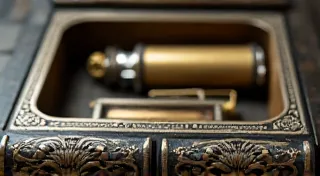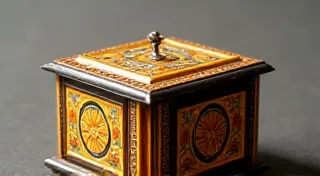The Echo of Absence: Reclaiming Lost Melodies in Antique Music Boxes
There’s a peculiar stillness that descends when you hold an antique music box. It’s not the silence of emptiness, but the quiet hum of potential, of melodies waiting to be released. They sit, often overlooked in dusty antique shops or inherited from distant relatives, repositories of a forgotten charm. These aren't mere toys; they are time capsules, each rotation of their tiny cylinders a faint echo of vanished eras. Restoring antique music boxes isn’t simply a technical pursuit; it's an act of historical reverence, a delicate dance with the ghosts of those who once delighted in their music.
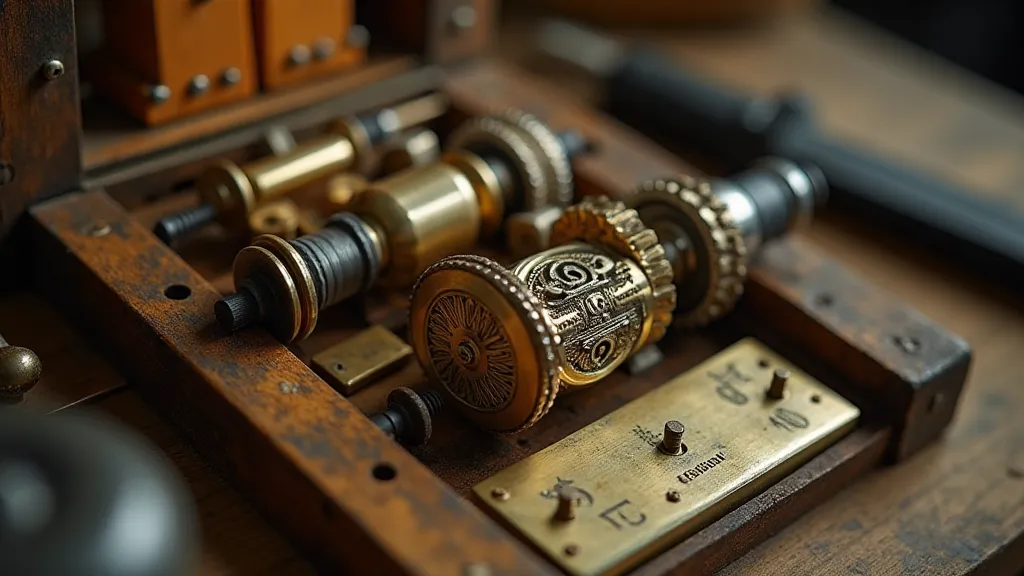
A Brief History: Music and Mechanical Marvels
The story of the music box is intertwined with the rise of industrial innovation and the pursuit of accessible entertainment. Early iterations, dating back to the 18th century, were elaborate, custom-built devices for the elite. The invention of the cylinder music box in the early 19th century, however, democratized the experience, making these mechanical marvels available to a wider audience. Switzerland, particularly the valleys of the Jura mountains, became a global epicenter for music box manufacturing, renowned for the unparalleled quality of its combs – the vibrating metal plates that create the music. Think of them as miniature organs, meticulously tuned to produce enchanting melodies.
The Victorian era witnessed a surge in popularity. Music boxes became treasured gifts, symbols of romance, and objects of domestic comfort. Imagine a parlor filled with the lilting strains of a Strauss waltz or a child’s delight at the playful tune emanating from a carousel-style box. These weren't just sources of entertainment; they were social lubricants, fostering connection and enhancing the ambiance of an age striving for refinement and beauty. The quality of craftsmanship during this period is astounding – the intricate engraving on the cases, the precision of the cylinder teeth, the delicate artistry of the decorative elements; it’s a testament to the pride and dedication of the artisans.
The Weight of Absence: Restoring More Than Just Metal
My first serious foray into music box restoration began with a simple act of curiosity – a small, unassuming rosewood box found at a local estate sale. It was silent, neglected, and coated in a thick layer of grime. As I carefully cleaned away the years of accumulated dust, I felt a strange connection to the unknown person who once cherished it. Who were they? What music did they listen to? What joys and sorrows did they experience while the music box played? These questions lingered, adding an almost sacred dimension to the restoration process.
Restoring an antique music box is a deeply tactile and often emotionally charged experience. Unlike repairing a modern appliance, where the focus is purely on functionality, music box restoration demands a respect for the original intent and artistry. It's about acknowledging the passage of time, the wear and tear, and the subtle imperfections that tell a story. A broken comb isn't simply a mechanical failure; it's a disruption of the music, a silencing of a memory. The meticulous process of repairing or replacing components—carefully shaping new teeth on a comb, re-aligning a cylinder, or delicately repairing a damaged case—becomes an act of rekindling a lost narrative. It’s understanding that you aren’t just repairing an object; you’re preserving a fragment of the past.
The Ethical Dimensions: Honoring the Original
There's an ongoing debate within the restoration community about the extent to which we should intervene. Some advocate for a strictly conservative approach, preserving as much of the original material and construction as possible. Others believe that judicious repairs and replacements, using historically appropriate techniques and materials, are necessary to ensure the long-term survival of the music box. I lean towards the former. The beauty of an antique lies, in part, in its authenticity. While complete originality isn’t always achievable – sometimes a vital part is simply beyond repair – the guiding principle should always be to minimize alteration and preserve the essence of the original creation.
Replacing a cylinder, for instance, is a significant undertaking. While a skilled restorer can create a replacement that accurately reproduces the original tune, the new cylinder lacks the unique sonic signature that comes from decades (or even centuries) of use. The subtle nuances in the tone, the slight imperfections in the teeth, all contribute to the music box's individual character. It's a reminder that the "perfect" restoration isn't necessarily the most desirable one. Sometimes, embracing the imperfections tells a richer, more poignant story.
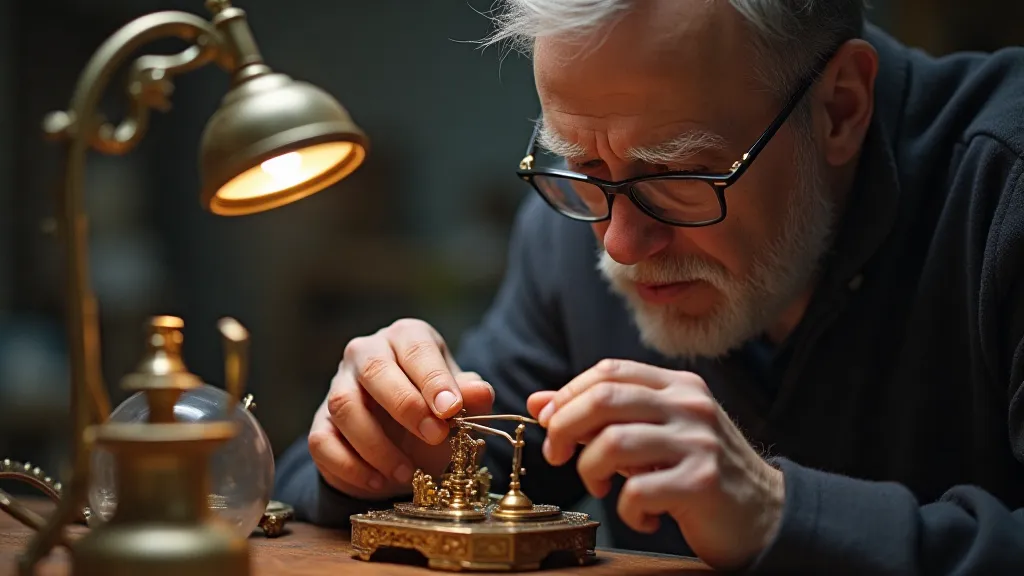
Beyond Functionality: The Collector’s Perspective
Collecting antique music boxes is a captivating pursuit. It's about more than simply acquiring beautiful objects; it's about connecting with history, appreciating craftsmanship, and understanding the social and cultural context in which these treasures were created. Collectors often specialize in particular manufacturers (like the renowned J. Jacot or Polyphon), styles (carousel, ballerina, lift-up), or periods. The value of a music box isn’t solely determined by its rarity or condition, but also by its provenance – its history and the stories it carries.
For a collector, a restored music box holds a unique appeal. It represents a triumph over time, a return to a state of grace. The knowledge that a skilled restorer has lovingly breathed new life into a neglected treasure enhances its value both materially and emotionally. However, it’s important for collectors to be discerning, to understand the scope of the restoration and to assess its impact on the music box's authenticity. A transparent restoration report, detailing the work performed and the materials used, is invaluable.
The Enduring Melody
The echo of absence lingers with every antique music box. They are vessels of memory, silently recounting the stories of those who once delighted in their music. Restoring these treasures isn’t merely a technical endeavor; it’s an act of preservation, a gesture of respect for the past. It's an opportunity to connect with a bygone era and to rekindle the joy of a simple, enchanting melody. And with each rotation of their delicate cylinders, they whisper reminders of the enduring power of beauty, craftsmanship, and the human spirit.
